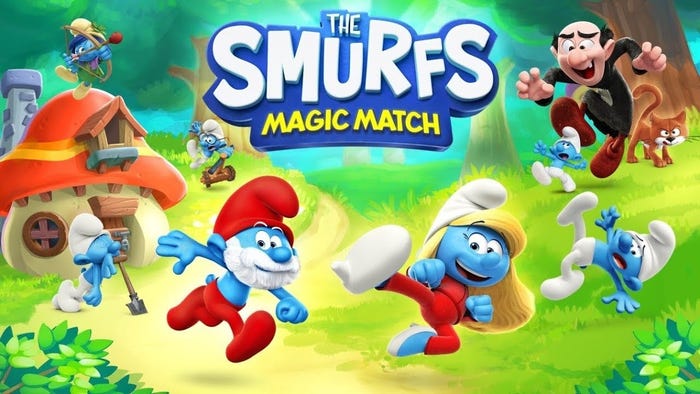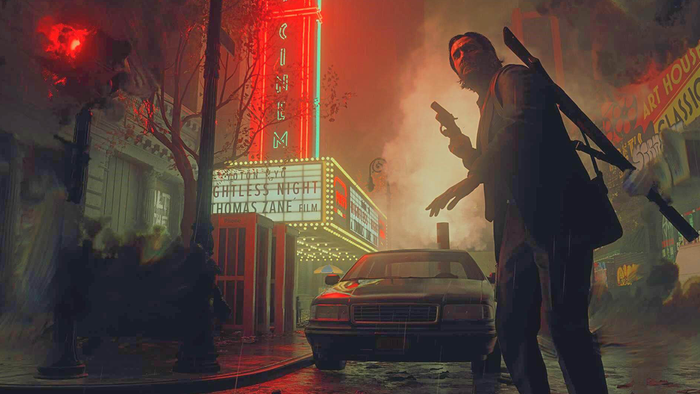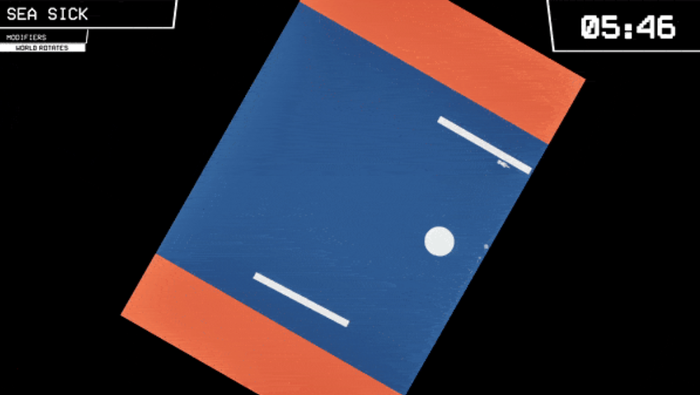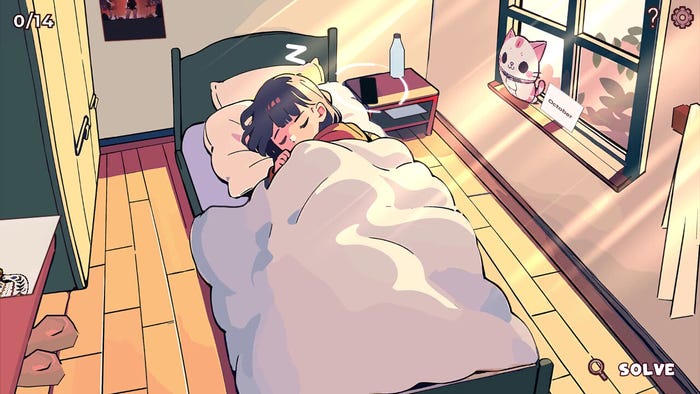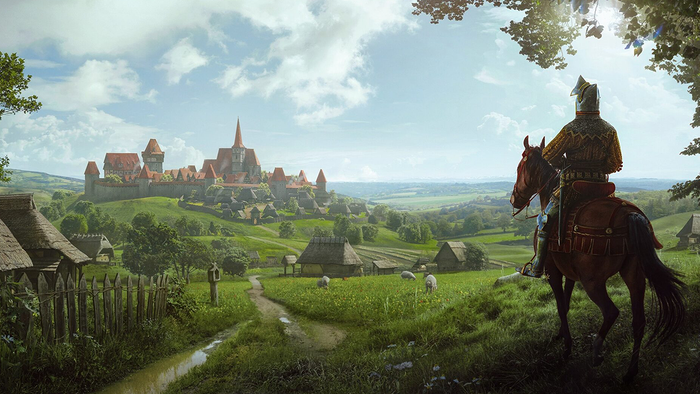
Featured Blog | This community-written post highlights the best of what the game industry has to offer. Read more like it on the Game Developer Blogs.
Spirits by the Numbers
In this post we share our lifetime revenue for Spirits broken down by platforms. We hope that sharing our numbers will give other independent developers at least one data point that might help decide which platforms to focus on.

We released our action-puzzle game Spirits on the iPad in late 2010. Over the next two years, we ported it to iPhone and Mac internally, and to PC, Linux and Android with the help of Tim Ambrogi and Apportable. For each port we spent a significant amount of time in getting the quality of the ports up and above the original version, supporting platform-specific features like Retina resolution or Steam Cloud. Reaching more players on different platforms helped our studio to be sustainable, and to be able to have some money in the bank while we work on our next game Future Unfolding.
*Other: T Store (2.4%), Indie Royale (2.2%), Amazon Appstore for Android (0.1%)
Total Revenue from November 2010 to February 2013
Visualization based on "Easy as (a) pie" script by Stephen Boak
We want to share our revenue per platform numbers with you since there are some interesting observations to be made - some going against common perceptions (e.g. Steam being the most important platform). The distribution of revenue amongst platforms looks different for every game, but we hope that sharing our numbers will give you at least one data point that might help you decide which platforms you should put your effort into.
After the split the platform-holders take, Spirits has made a total net revenue of 279987 EUR (approx. 366000 USD) to this day. To put the numbers per platform in context, have a look at the months (mo) in the pie chart that the game has been on sale on each platform. (We only count the periods which we have been already paid out for, which can differ by a few months depending on the platform.)
Given that the iPad version has been on sale for the longest period of time, it's not surprising it accounts for the highest amount of revenue. It's also priced at a premium of 4.99 USD and doesn't support the iPhone, which was more common in 2010 than it is now.
What's more surprising is that Google Play is #2 for us. This version is 2.99 USD and works on both tablets and phones. We were lucky to get a feature early on and temporarily changed the price to 0.99 USD during the feature. The saying that Android is not worth developing for compared to iOS does not seem to be true anymore.
Humble Bundle is an interesting one for us as well. We launched the PC, Linux and Android versions here, but it did probably not cannibalize Google Play and Steam sales by much. Looking at online discussions, Humble seemed to have helped getting the game to players who never heard about Spirits before. However, there might have been a perception issue with launching the PC and Linux version as part of the Humble Android bundle, and some players may have disregarded the game for being a port of a mobile game. What-if scenarios are hard to measure, but it's something we keep in our minds while developing our next game Future Unfolding.
Steam is a tale others have told before: Sale promotions make the majority of the revenue. However, nowadays a sale without any kind of feature can go very much unnoticed in the vast sea of great (indie) games available. Two things that helped us was being featured in a flash sale, and being included in a large indie bundle which found many buyers despite its relatively high price point. It's great to have your game on Steam to reach core gamers, but with 11.4% of the revenue it was not make-or-break for us.
At a lower price point (2.99 USD), Spirits on the iPhone made a bit more than a third of the iPad revenue. This was the easiest port to do. The work mainly involved optimizing the frame rate on older iPhone models.
Mac App Store was not huge, but worth more than we'd have thought. We got a good feature here and the fact that the game's visuals and polish make it a good showcase app probably helped here.
T Store might not be a common household name, but it has a significant Android market in South Korea. This is one of the few smaller deals we made that actually was worth the paperwork and localization.
Indie Royale was a nice bonus after having had the game on Humble Bundle. It also got the game on Desura, which a handful of players had requested.
So far, we've had zero visibility on Amazon's Appstore for Android. The slice on the pie would be too small for you to actually see it. This is another indication for us that putting up a good game on a store is not enough to actually sell anything.With our revenue being spread relatively evenly among different platforms, going multiplatform was a strategy that worked well for us. It allowed us to get more out from our initial investment of designing and developing the game and to reach more people enjoying the game.
About the Author(s)
You May Also Like


